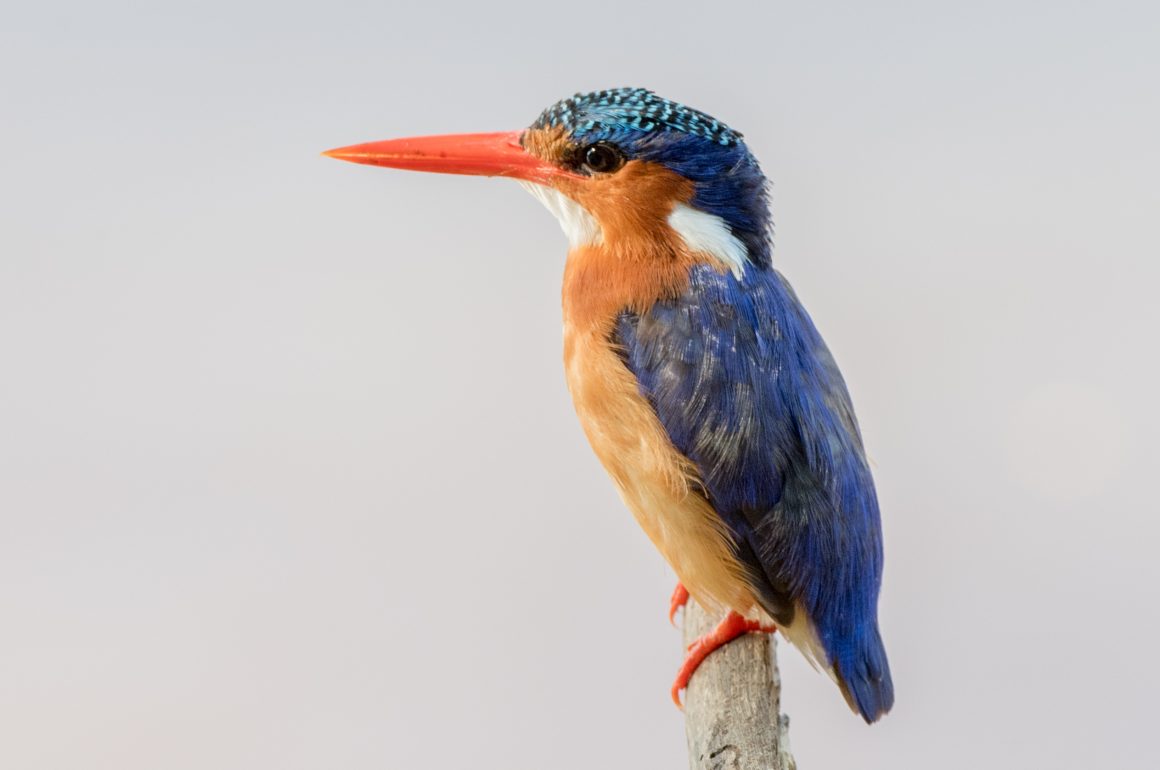
Pafuri lies in the northernmost part of the Kruger National Park and is described as “some of the most potentially productive birding territory in South Africa” on the SANParks website.
The White-backed Vulture was “not considered of conservation concern until 2007, after which its threat status has been successively elevated, becoming Critically Endangered in 2015 following severe decline in several parts of range and likelihood of continuing decline.” (HBW)
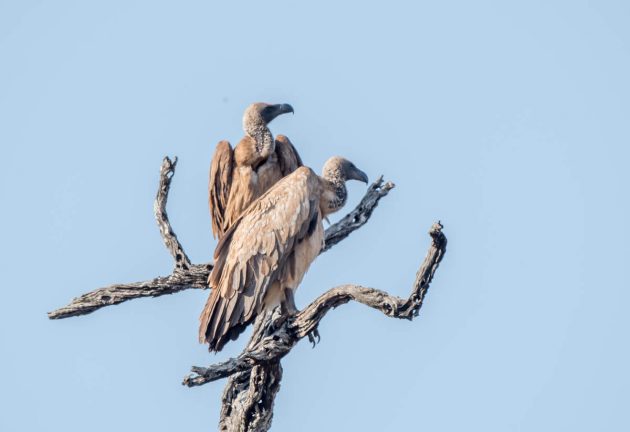
One study found that birds living in Botswana had elevated levels of lead in their bloodstreams during hunting season, presumably coming from lead bullets used on animals killed by hunters.
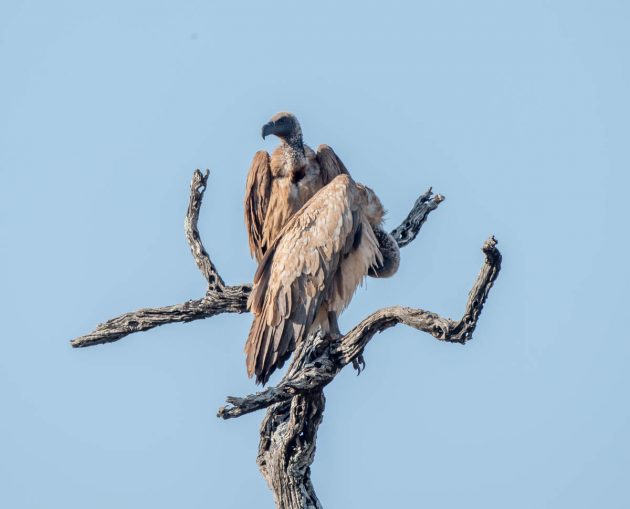
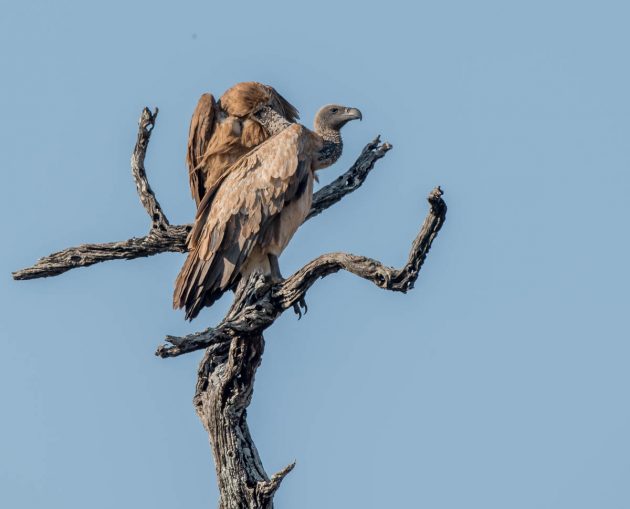
Other – sadly rather common – reasons are habitat loss due to agricultural expansion and the use of some veterinary drugs.
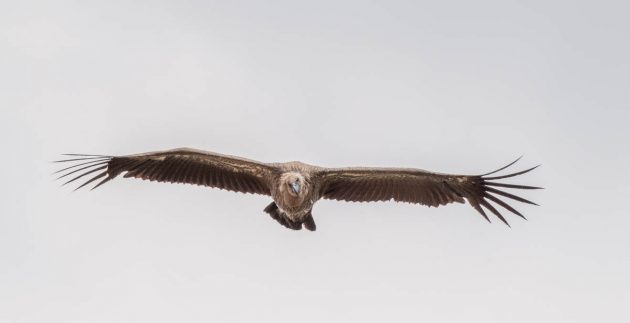
A slightly more surprising threat for the vultures comes from elephants. Elephants destroy the trees the vultures live and nest in. Vultures, therefore, tend not to nest in areas with high elephant populations (source).
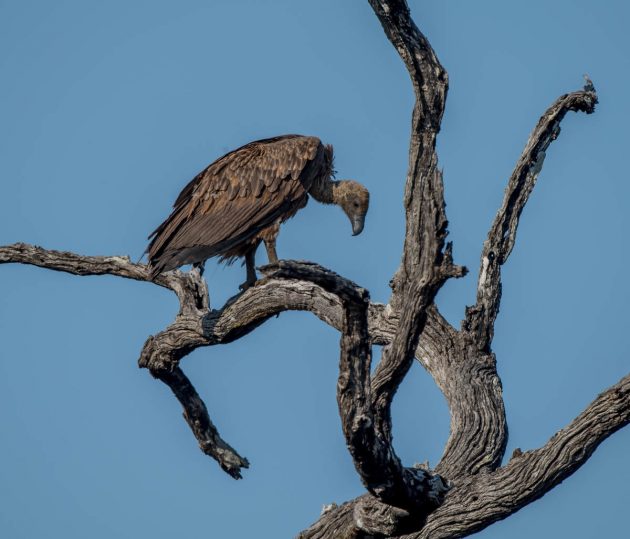
Bad developments indeed, particularly as the White-backed Vulture was found to be a good avian biomonitor species – if it does badly, most likely the environment as a whole will do badly, too.
Jameson’s Firefinch is a beautiful small bird named for what was probably a very bad person, James Sligo Jameson.
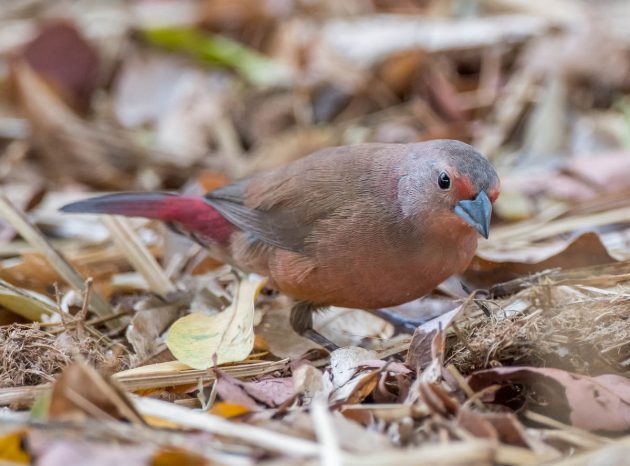
According to the Eponym Dictionary of Birds (Helm, 2014), “James Sligo Jameson (1856–1888) was an Irish hunter, explorer, and naturalist. He collected in … the Belgian Congo, where he died of hemorrhagic fever at Bangala … According to his obituary in The Times (8 November 1890), he witnessed a cannibal banquet in the Upper Congo and was accused by Stanley of instigating it.”
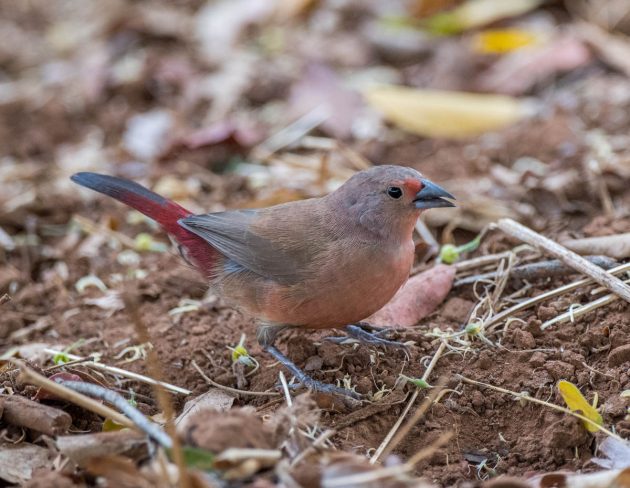
A more detailed – and more horrifying – description is given at birdnamesforbirds.com:
“It is likely in this context that Jameson, totally convinced that the local people were cannibals, offered a leader of the group six handkerchiefs in exchange for them killing and consuming a ten year old girl purchased for that purpose. The passage in which he describes this event in his journal is incredibly repugnant, both for its violence and its intense racism”.
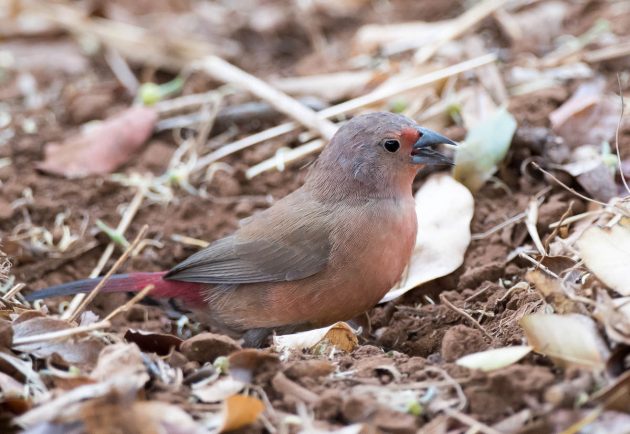
This might be a very good species to be renamed.
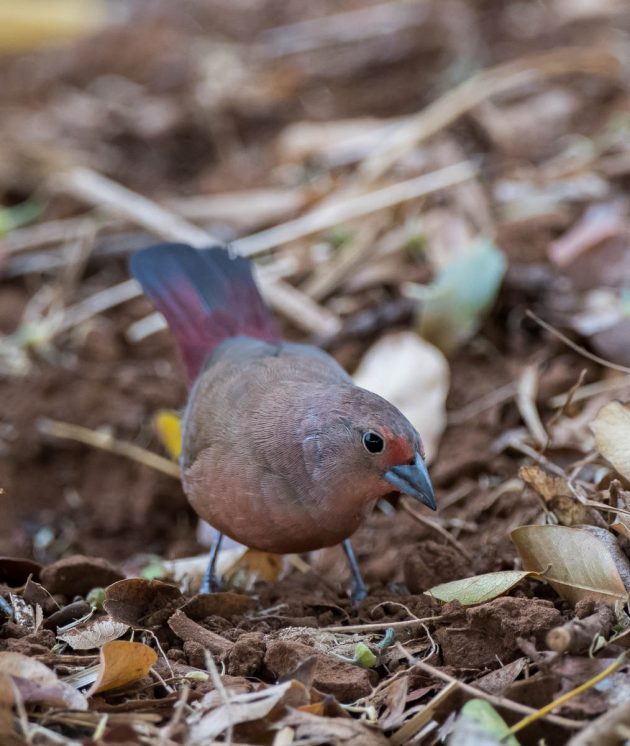
Of course, that is the big topic of the website quoted above: “Bird Names For Birds – Because birds don’t need eponymous or honorific common names”.
eBird describes Blacksmith Lapwings as “bold and brave parents” as they “have been known to launch defensive attacks on African Elephants”. Overconfident and stupid, more like …
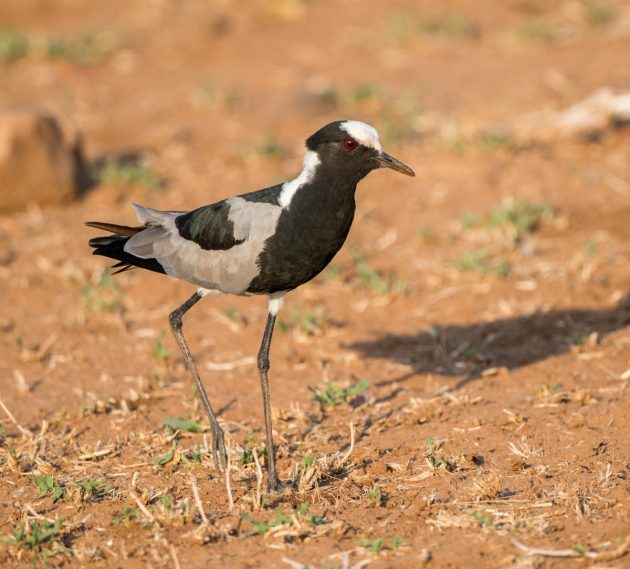
Anyway, it almost seems as if elephants are the biggest threat to birds at Letaba – see the bit on the White-backed Vulture above …
The name of the species derives from the repeated metallic ‘tink, tink, tink’ alarm call suggesting a blacksmith’s hammer striking an anvil (source). Maybe the bird thinks this will drive the elephants away?
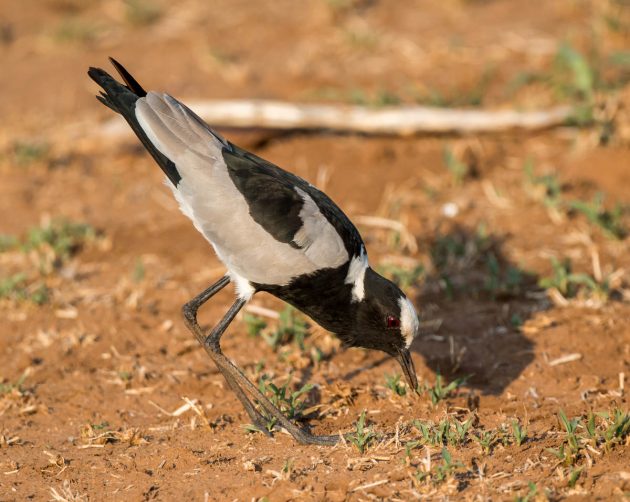
eBird gives a sympathetic description of the Ring-necked Dove: “A small, mostly gray-brown ‘ringneck’ dove with a gentle-looking dark eye”.
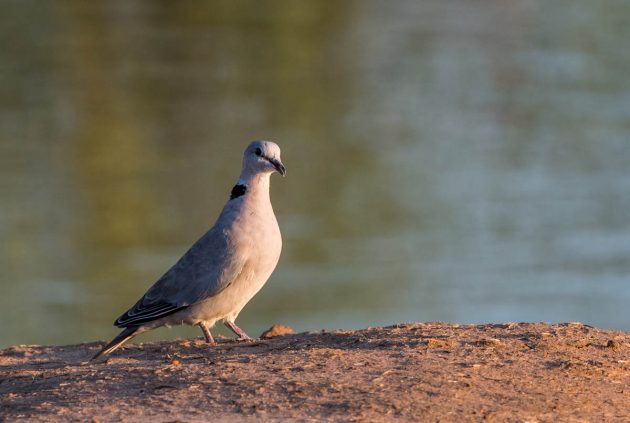
I have to admit that this identification is mostly based on location – Wikipedia also states that “a number of Streptopelia species are very similar in appearance, all having semi-collars and subdued plumage tones”. Not sure whether all of them have gentle-looking eyes though.
Since the last time it was made fun of in my blog, the Marabu Stork has not gotten any prettier.
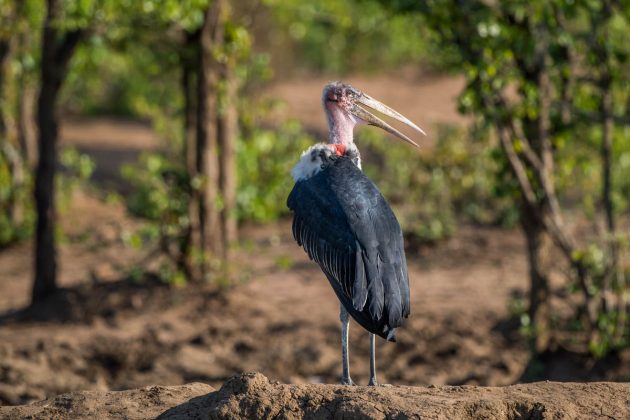
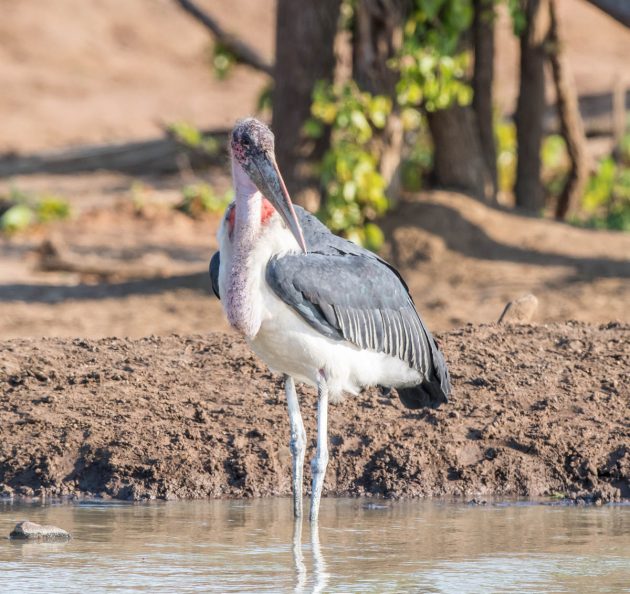
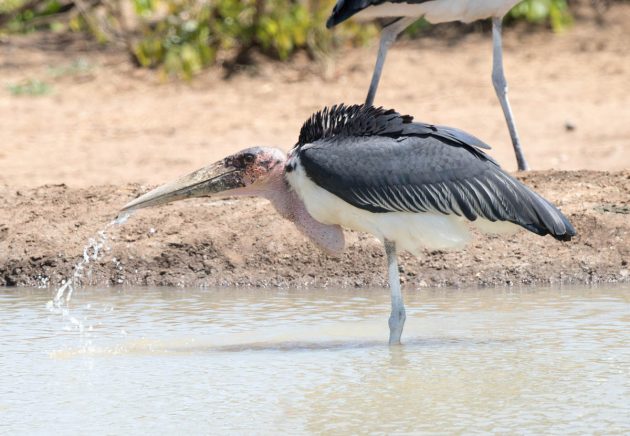
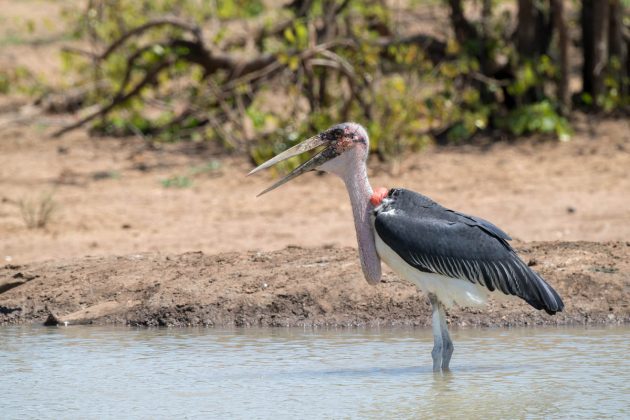
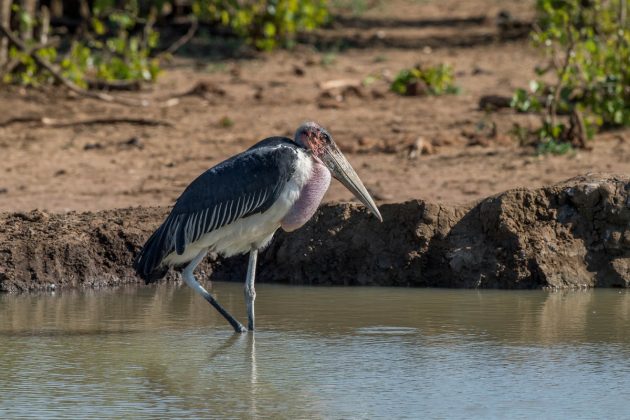
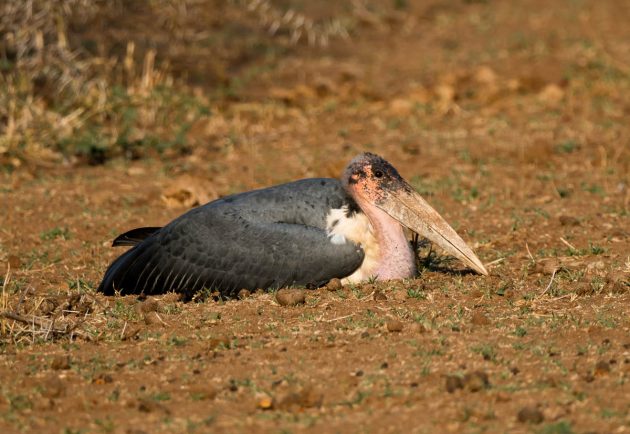
I think I missed discussing the Terrestrial Brownbul in my in-depth review of bulbuls, as I only searched for bulbuls, greenbuls, and finchbills among my photo collection when writing that post.
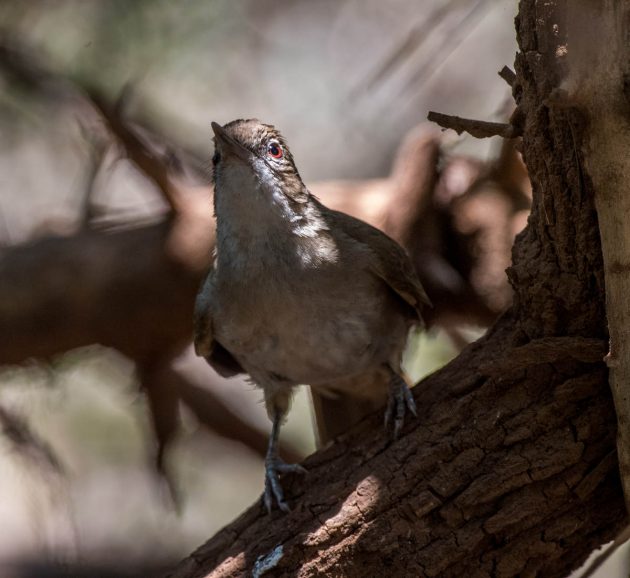
However, as the name “brownbul” suggests (not helped by the “terrestrial”, which sounds rather down-to-earth too), this is not a bird you would proudly take a photo of and send to your mother should you get married to it. eBird calls it “a dull, dark brown, gregarious understory brownbul”.
German friends recently sent me a photo of a bird they had not seen before (they pretend to be interested in birds now in a hopeless attempt to impress me). I could immediately tell them it was an Egyptian Goose – an invasive species in Germany but not at Kruger.
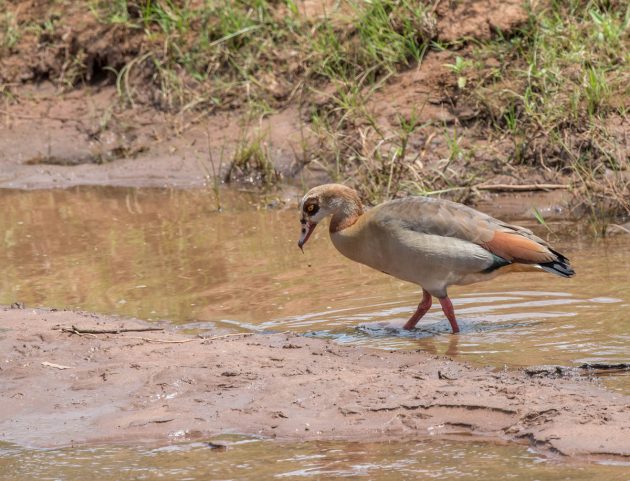
The HBW states that “even in their native range of Africa, they are considered pests due to their willingness to eat farmer’s crops and their prevalence on golf courses”. I have to say, destroying golf courses clearly is something I hold in their favor.
It sometimes still amazes me how much scientific work is done to prove the bleeding obvious (well, I guess that is what all the free work of Ph.D. students comes in handy). For example, this study showed that Malachite Kingfishers spent more time hunting in locations with more fish.

In the language of a scientific paper, this is phrased as “Fish density turned out to be the most important ecological parameter”. Sounds a bit more impressive, I guess.
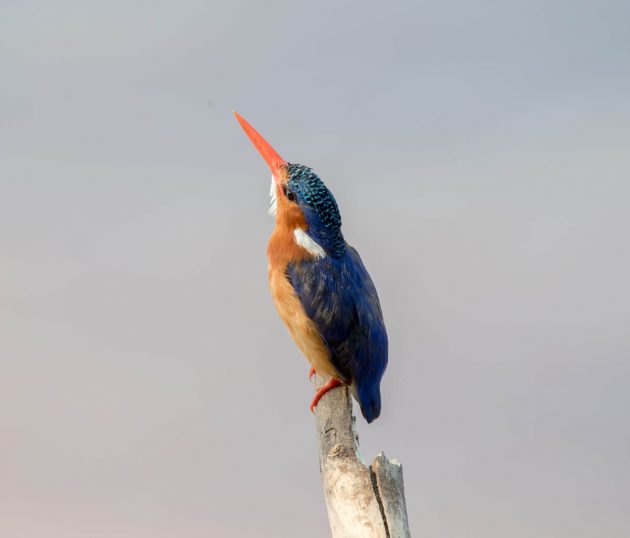
If you are a rather stupid or inexperienced Grey Go-Away Bird, you are likely to build your nest in mistletoe. A study found that the survival for nests in mistletoe was 22.1% compared with 90.5% for nests in other substrates over the 50-day nesting period.
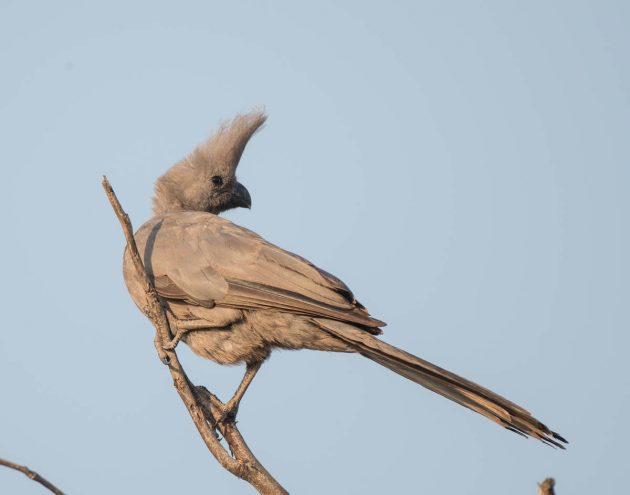
Well, actually the study does not really call these mistletoe nesters stupid – that would be a bit too unkind, apparently – but rather states that “nesting in mistletoe may be maladaptive”. Somehow this seems like a good moment to mention the Darwin Awards but as far as I know, they are only given to humans, not to animals.
Apparently, in some regions where Cattle Egrets do not primarily associate with cattle but with other animals, their name in the local language changes accordingly. So, you would have a “Hippopotamus Egret”, a “Rhinoceros Egret” or an “Elephant Bird” (source).
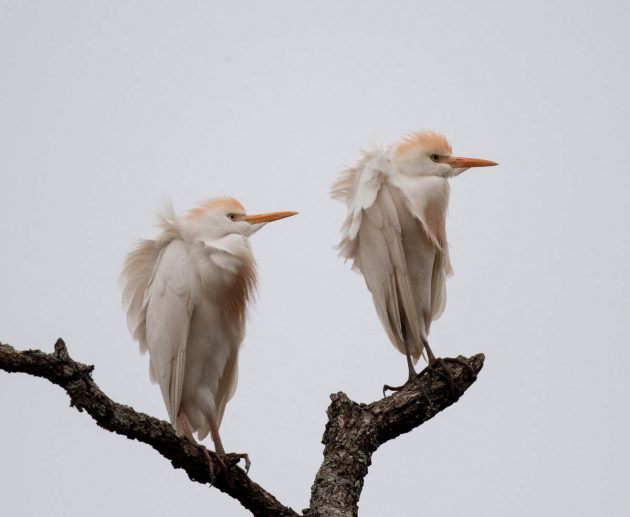
There are about 16 bird species called robin-chats. To me, the hyphen still somehow seems to suggest that these birds are constructed from parts of two different birds, which is obviously nonsense … This is a White-throated Robin-Chat.
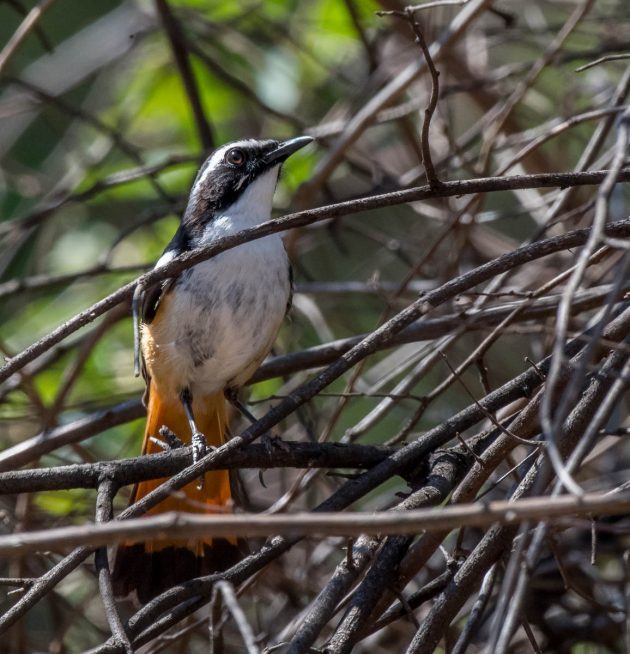
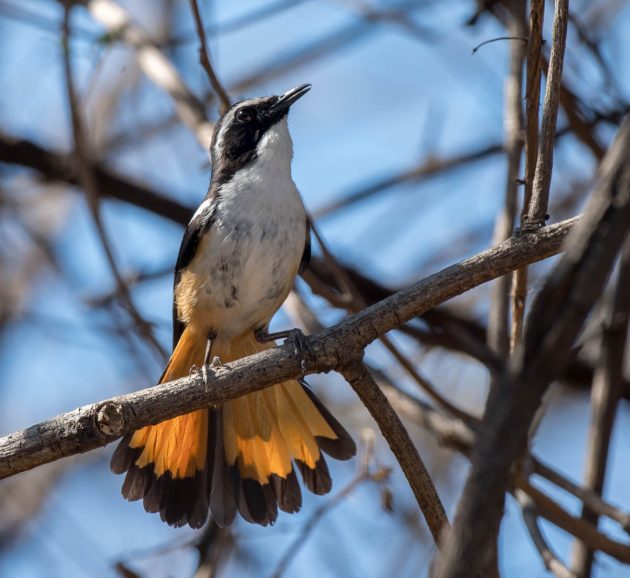

At Pafuri, the Red-backed Shrike was probably the species that looked closest to some species I am familiar with from Shanghai.
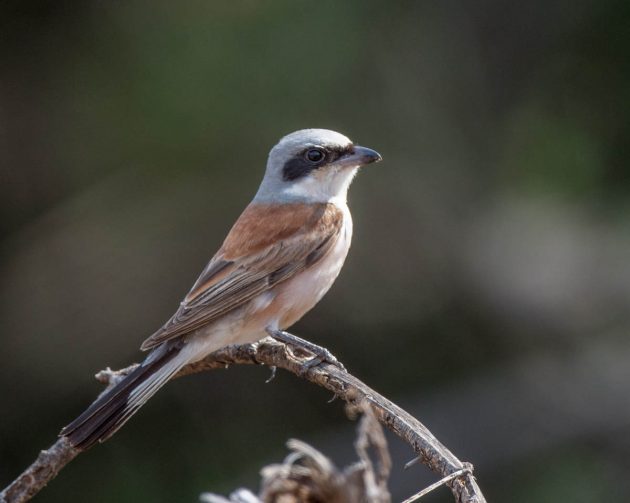
Also, I learned that the word “shrike” is from Old English scric, scríc, “shriek”, a reference to the shrill call of the bird (source: Oxford English Dictionary).
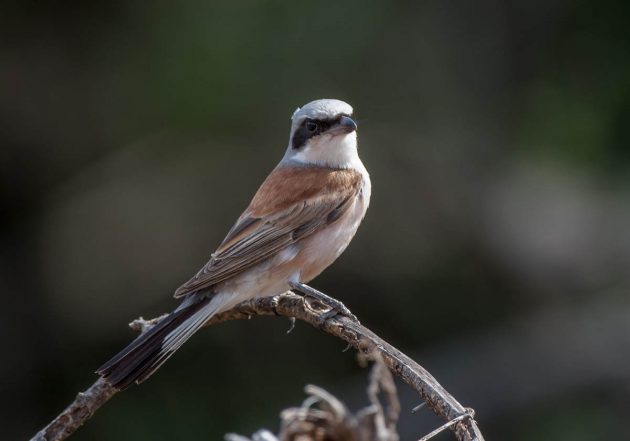
I guess this is the wind, not a highly individualistic hairstyle.
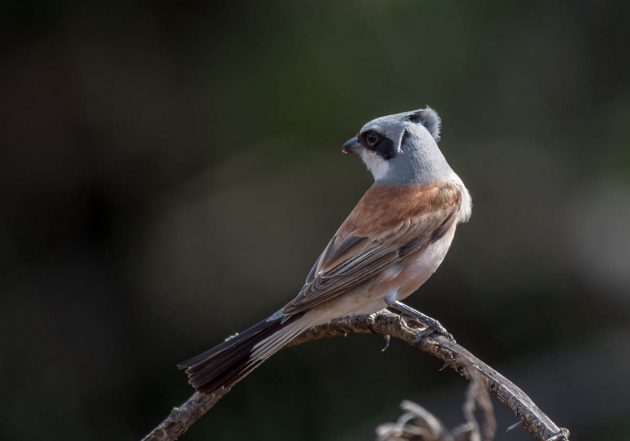
Retz’s Helmetshrike is one of the 8 helmetshrikes within the larger family of Vangidae – apparently, a family that evolved from a single Madagascar-based species.
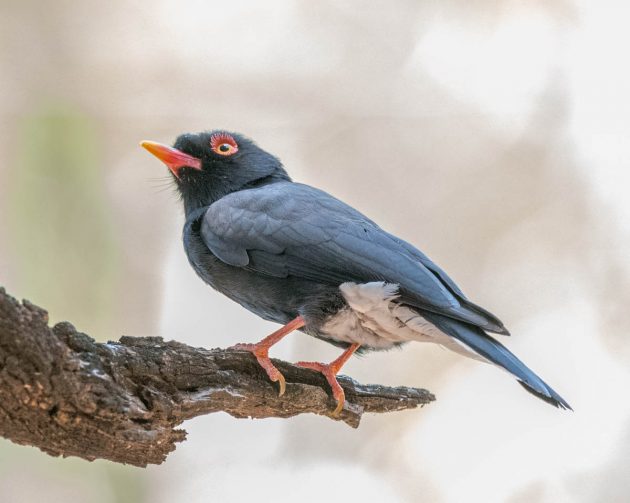
Typical for the wonderful world of ornithology, it is not a shrike. And I do not see much of a helmet either.
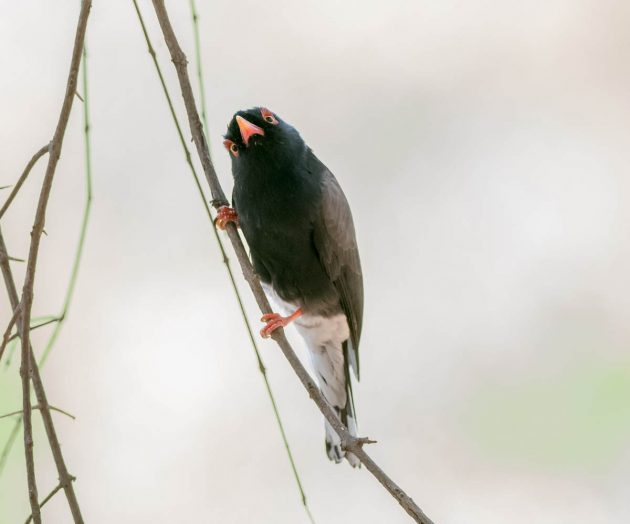
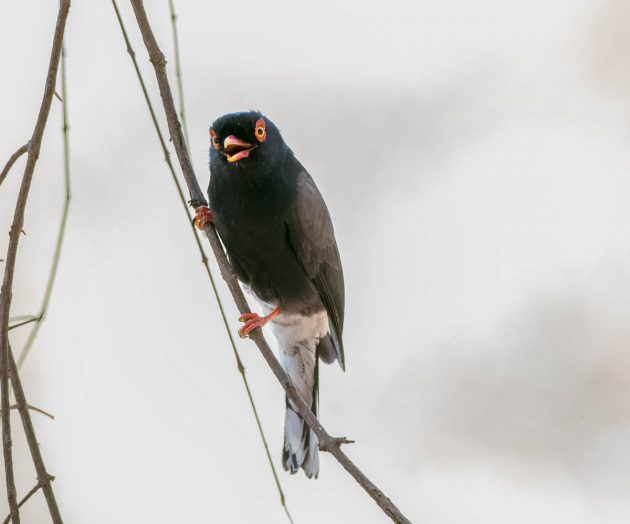
The person the Retz’s Helmetshrike is named for – the Swedish anatomist Anders Retzius – has come under disrepute as he believed in humankind being derived from different races. He also laid the groundwork for some pseudoscience – phrenology – “the study of the conformation of the skull as indicative of mental faculties and traits of character” (Brittanica).
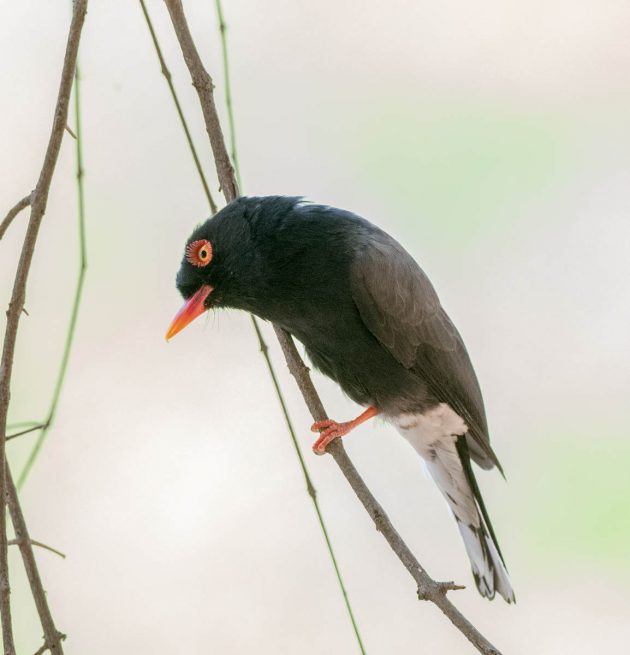
Therefore, in 2015, the Swedish Society for Anthropology and Geography stopped awarding the Anders Retzius Medal (source). Why a poor bird still has to wear his name is not immediately obvious to me.
In better photos than this one, the Eastern Nicator actually looks pretty interesting.
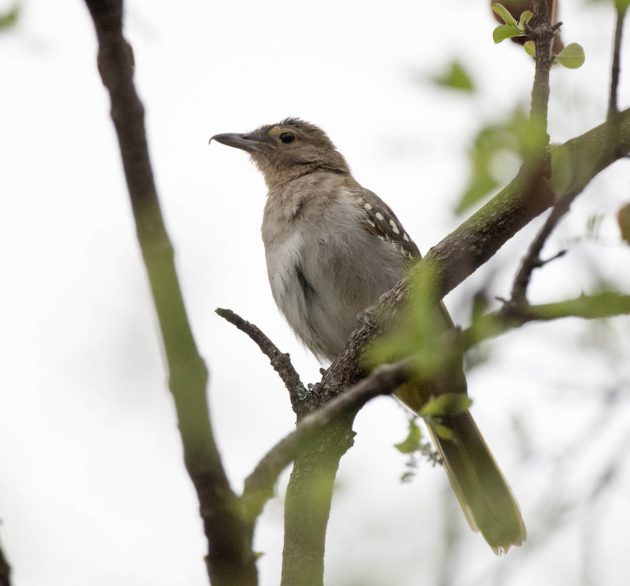
My excuse comes from a website on South African birds: “Shy and skulking, the Eastern Nicator is more often heard than seen and is definitely not the sort of bird that will sit out in the open for all to see and photograph. … It usually goes unnoticed in the habitat it frequents”
That is very different from the Rufous-crowned Roller, a showboat with a preference for sitting conspicuously in the open. It is the heaviest among the rollers in Africa.
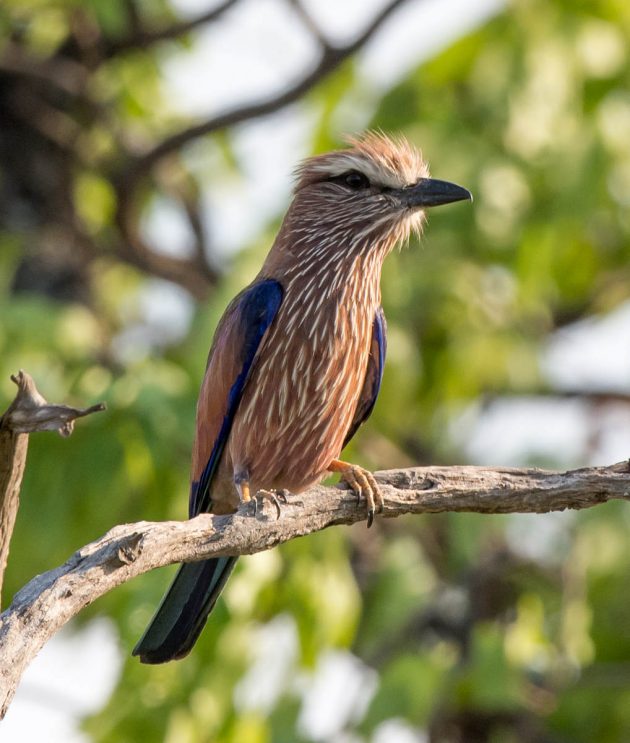
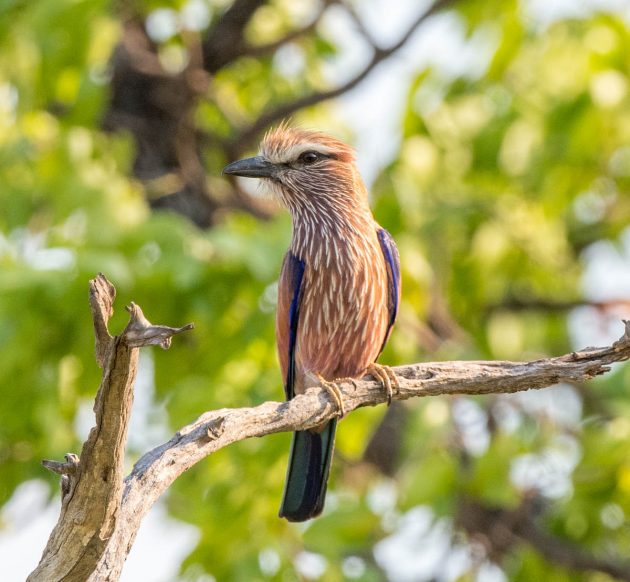
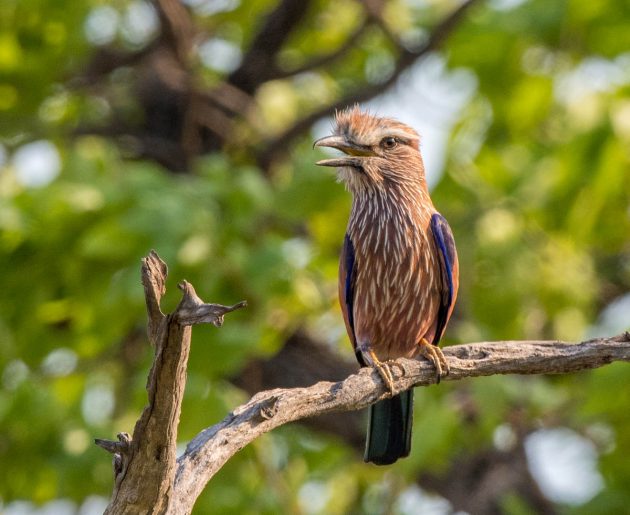
Somewhere in the outbacks of the Periodical System of Birds, there is a family named Malaconotidae (Bushshrikes and Allies), which includes the genus Tchagra and therein the species Brown-crowned Tchagra.
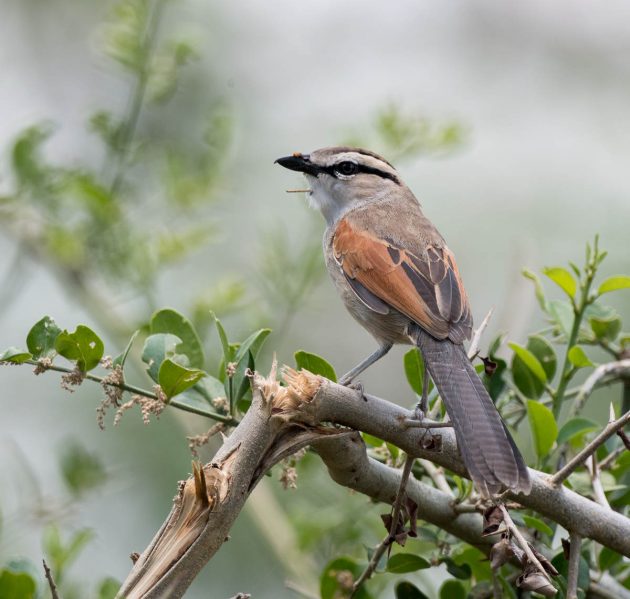
Try not to mix this species up with the word chacra – according to this presumably highly scientific website, “The seven chakras are the main energy centers of the body. You’ve probably heard people talk about ‘unblocking’ their chakras, which refers to the idea that when all of our chakras are open, energy can run through them freely, and harmony exists between the physical body, mind, and spirit.”
To clarify: Tchagra = Bird species = Cannot be unblocked. Chakra = Energy Center of the Body = Can be unblocked. Mixing these two up is dangerous for you and potentially for the bird.
On zooniverse.com, I found the following brief entry (without additional context): “This is a #starling, either Burchell’s Starling or Meves’s Starling.”
That came as a relief as had problems identifying the photos below. I think these two may be Meves’s Starling …
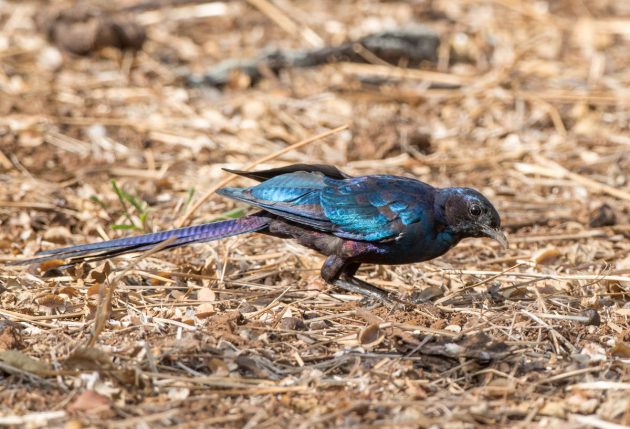
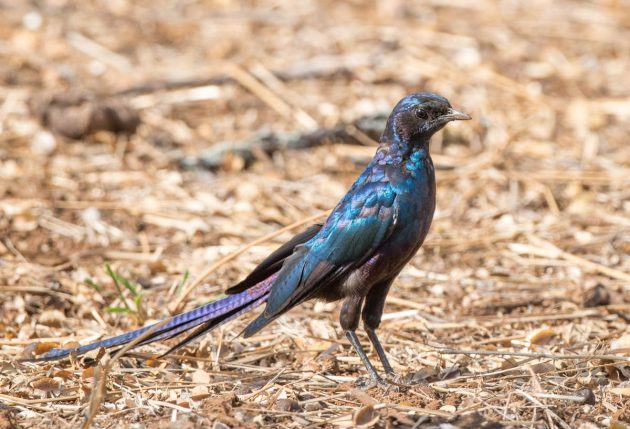
… while I am not sure at all about these ones.
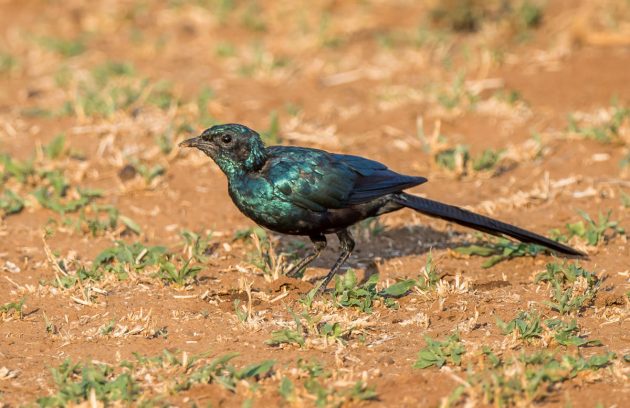
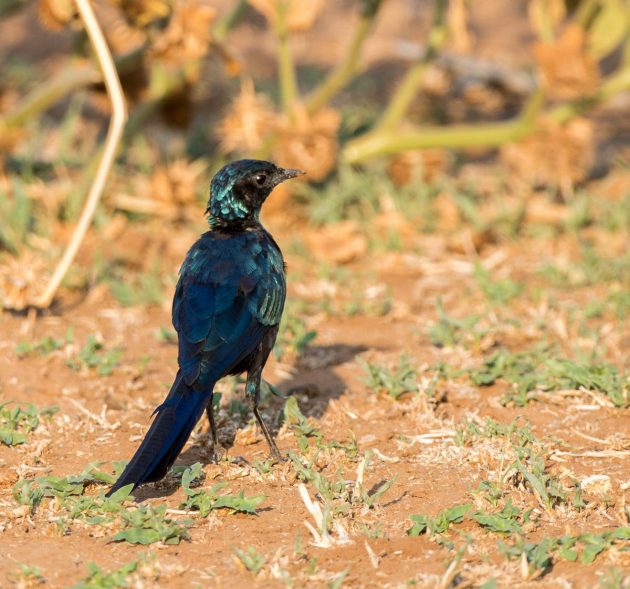
Incidentally, both are named after European scientists – one after the German ornithologist Friedrich Wilhelm Meves, the other after the English naturalist William John Burchell. The Wikipedia biography of the latter contains the slightly grisly statement “Burchell died in Fulham in 1863, ending his own life by hanging himself in a small outhouse in his garden, after a non-fatal suicide attempt by shooting”.
Of course, Pafuri also has the usual useless non-birds that distract birders from what matters. As it is customary in my blog, I will politely avoid commenting on their many deficiencies compared to the avian world.
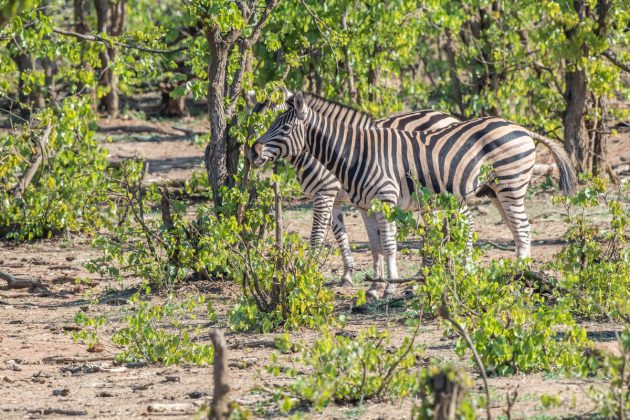
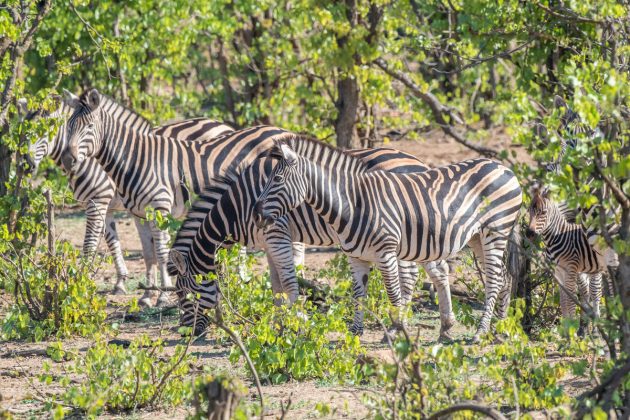
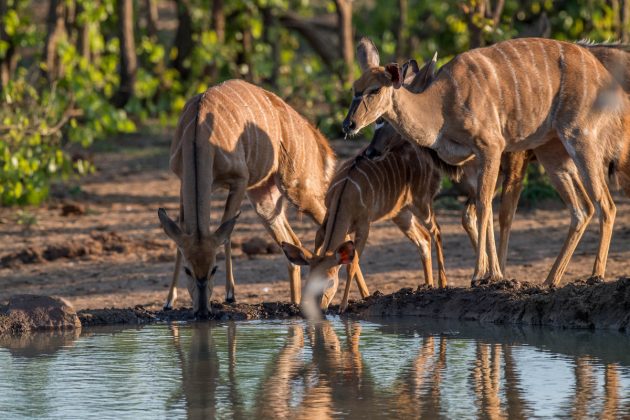









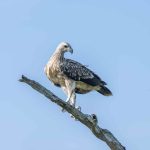
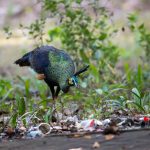
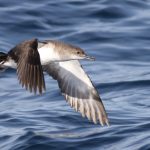
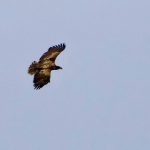

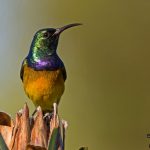
Leave a Comment